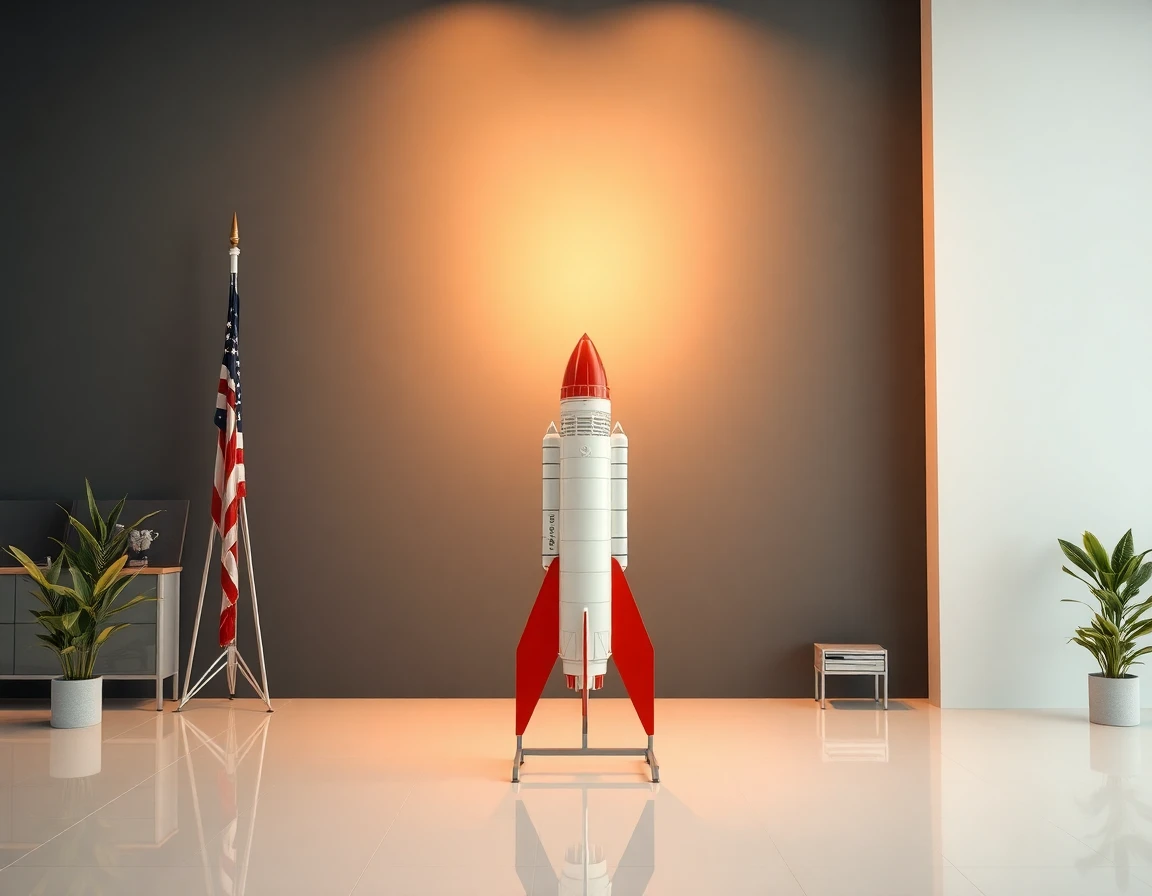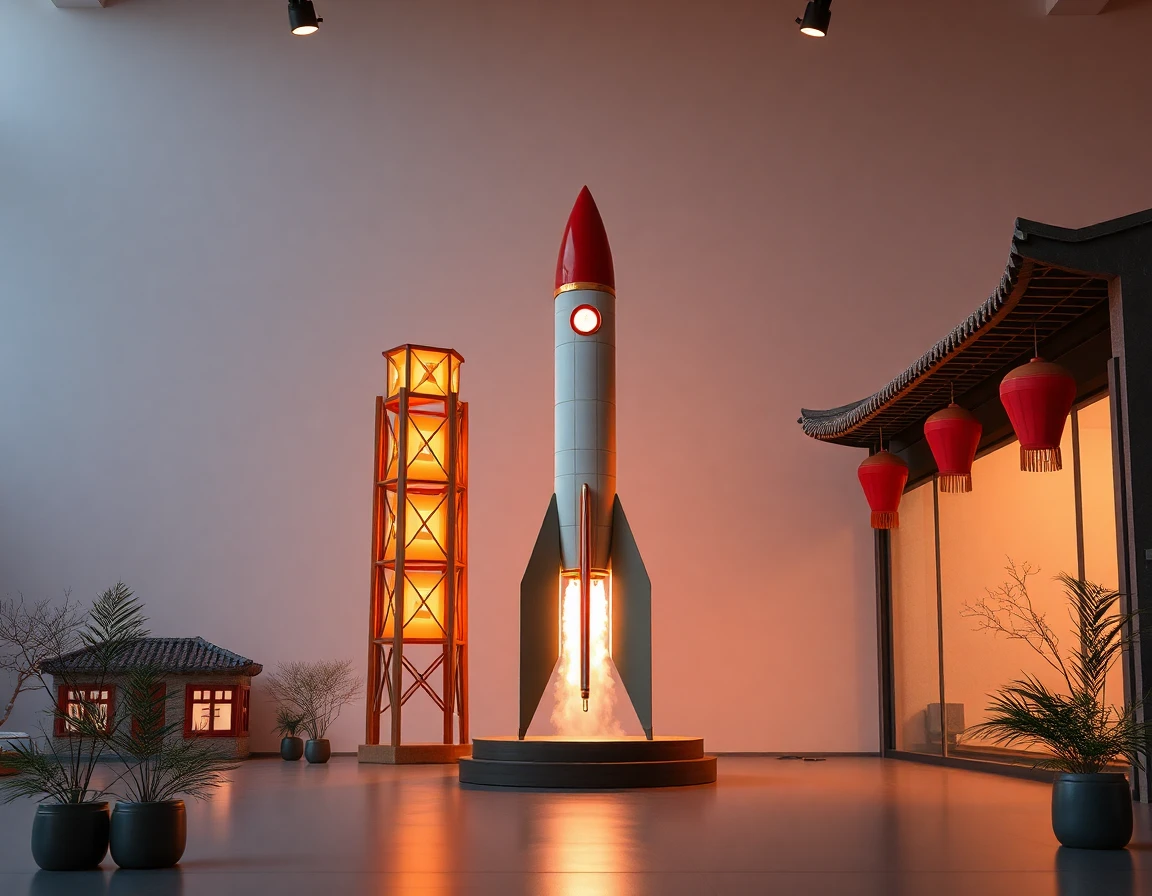The competition for lunar supremacy is heating up, with China poised to make a significant leap towards its goal of landing on the moon. As the world watches, NASA faces a critical juncture that could dictate the future of U.S. space exploration. Experts are calling for bold leadership and innovative strategies to ensure that the United States remains at the forefront of space technology.
The Current Landscape of Space Exploration
In recent years, China has made substantial advancements in its space program, including successful lunar missions and the establishment of a permanent space station. By 2025, Beijing aims to land astronauts on the moon, a feat that would not only enhance its global standing but also reshape the geopolitical landscape of space exploration.
NASA, on the other hand, has faced delays and budget constraints that have hindered its Artemis program, which is intended to return humans to the moon by 2024. The program’s reliance on outdated rocket technology and insufficient leadership has raised concerns among industry experts.
The Importance of Advanced Rocket Technology
The effectiveness of any lunar mission is heavily dependent on the reliability and performance of the rockets used. The Space Launch System (SLS) is NASA’s primary vehicle for the Artemis missions, designed to carry astronauts and cargo to the moon. However, delays in its development have sparked criticism regarding NASA’s ability to compete with China’s rapid progress.
To ensure precision in navigation during missions, NASA must invest in advanced inertial navigation systems that provide accurate trajectory data. These systems are vital for guiding spacecraft to their intended destinations, especially in the challenging environment of space.
Expert Insights on NASA’s Future
Dr. Sarah Thompson, an aerospace engineer and former NASA contractor, emphasizes the need for a strategic overhaul. “NASA needs to adopt a more agile approach to its projects. The technology we have today, such as advanced navigation systems, can significantly enhance our capabilities. However, without swift decision-making and investment, we risk falling behind,” she stated during a recent aerospace conference.
The Role of Innovation in Space Missions
Innovation is not just about new technologies; it also involves rethinking how missions are planned and executed. The industry is seeing a shift towards using high-precision accelerometers to enhance motion sensing in spacecraft. These devices enable more accurate measurements of a rocket’s orientation and velocity, critical for successful lunar landings.
As Dr. Thompson notes, “The integration of sophisticated motion-sensing technologies can help NASA improve its mission outcomes. We have to leverage every tool at our disposal to ensure we are not just competing but leading in space exploration.”
The Geopolitical Implications of Space Exploration
As countries like China continue to push the envelope of space exploration, the geopolitical implications become increasingly significant. The ability to establish a presence on the moon could lead to control over extraterrestrial resources, setting the stage for future conflicts. Experts argue that a robust U.S. response is necessary not only from a technological standpoint but also to maintain strategic dominance.
In a recent statement, Congressman Mark Rogers, a member of the House Committee on Science, Space, and Technology, said, “We cannot afford to sit back and watch as other nations advance while we delay our plans. The leadership at NASA must be proactive in securing funding and resources to ensure our astronauts are back on the moon by the end of this decade.”
Looking Ahead: The Path to Lunar Exploration
The path forward for NASA is clear: it must establish a clear vision and strategy to enhance its rocket technology, foster innovation, and cultivate strong leadership within the agency. The urgency of investing in advanced navigation and motion-sensing technologies cannot be overstated.
As the world watches the race to the moon unfold, NASA’s actions in the coming months will be crucial. The stakes are high, and with the right leadership and investment in cutting-edge technologies, the United States can reclaim its position as a leader in space exploration.
In conclusion, the lunar race is not just about technology; it is about vision, leadership, and the ability to respond to emerging challenges. With the right approach, NASA can ensure that it is not merely a spectator but a key player in the next era of space exploration.



